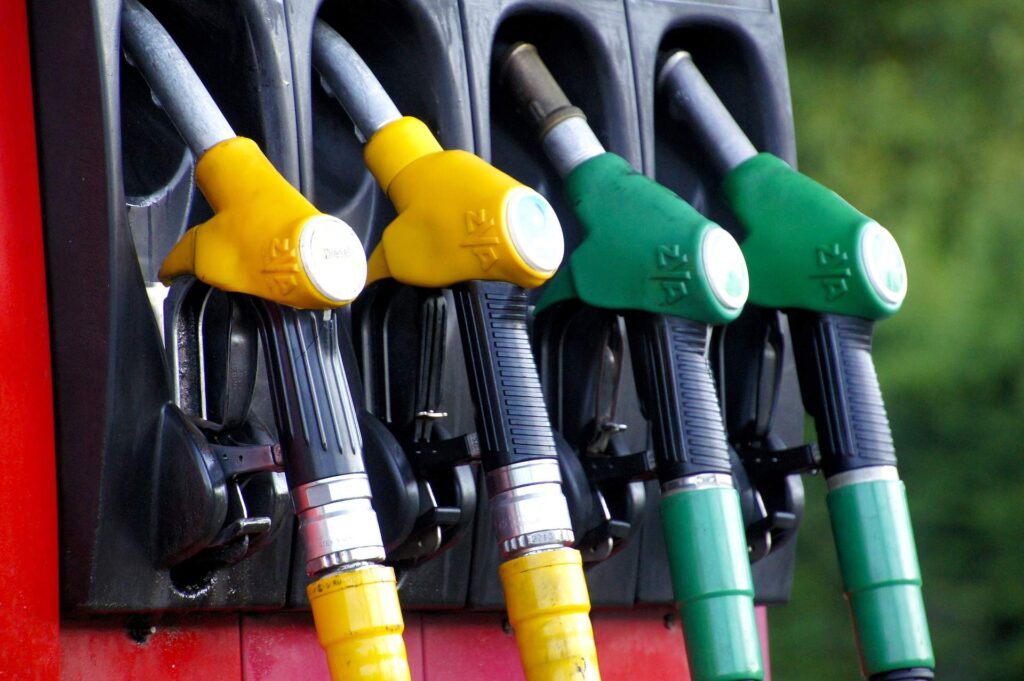Climate change is high up the
political and business agenda and perhaps even more important, it
is starting to affect public opinion and consumer preference. But
what do megatrends like climate change mean for the automotive
industry? Will fleet owners and consumers really ask for different
models and more energy-efficient mobility? Are they willing to pay
a premium for the greener choice? To what extent will governments
and regulators step in, if change is not happening fast
enough?
The dilemma is clear: the world’s present resource and energy
consumption is not sustainable, while the need and demand for
transportation continues to grow worldwide. We all realise that
mobility, as we know it today, has to change. This is easier said
than done. Companies will and can not change unless there is a
clear case for it.
Legislation and public policies
It is beyond any doubt that governments will further intervene and
regulate greenhouse gases and improve energy-efficiency.
Governments increasingly feel the public pressure to develop
effective ‘green’ public policies. This means we will see
comprehensive legislation and market based instruments like
passenger car taxation, incentive based schemes and emission
trading schemes; all to stimulate energy-efficiency and to address
climate change. To illustrate this, the International Energy Agency
(IEA) has recently identified over 1,000 regulations and public
policies currently in the pipeline that will stimulate
energy-efficiency. The United Nations is working on a post-Kyoto
framework. But regardless of whether an international agreement can
be achieved, the European Union has chosen to take the lead and has
formulated an ambitious climate change policy, with addressing the
automotive industry an important strand.
Although the EU strategy on CO2 emissions from passenger cars is
still heavily debated, officials have confirmed several times that
the average new car fleet should achieve 120g CO2/km by 2012 – an
ambitious approach with a reduction of around 25 per cent from
current levels. Improvements in vehicle technology would have to
reduce average emissions to no more than 130g/km, while
complementary measures such as more efficient tyres and air
conditioning systems and fuel improvements would need to cut
emissions up to 10g CO2/km, thus reducing overall emissions to
120g/km.
- Market-based public policies
Car taxation is a powerful instrument to influence purchase
decisions of consumers, and can be differentiated to support the
introduction and purchase of fuel-efficient and low CO2-emitting
cars in order to achieve the EU’s goals. The European Commission’s
draft directive proposal for a Council Directive on Passenger Car
Related Taxes, which was presented in July 2005, started
discussions of policy options at national and EU level. The
directive is currently before the Council and Parliament and
provides for the following:
- Gradual abolition of vehicle registration tax (VRT) over a
transitional period of five to ten years, based on a total
abolishment by January 1 2016
- The establishment of a VRT refund system for cars that
having been registered in one EU member state and which are
subsequently exported or permanently transferred to another member
state, in order to avoid double payment, and also to seek to charge
VRT according to the use of the car in the member state
concerned
- Restructuring of the annual circulation tax (ACT) to be at
least partially based on CO2 emissions (to be achieved by 2010).
Furthermore, a CO2-based element to be included into VRT whilst
proceeding with its abolition. By December 1 2008, at least 25 per
cent of total revenue from VRT and ACT should be determined by CO2
emissions. By December 31 2010, this percentage should be 50 per
cent – pending VRT abolition.
Currently, registration tax is levied in 16 of the EU-25 member
states, ranging from €300 to 180 per cent of the pre-tax sales
price. In many of these countries, like Denmark, Finland, Ireland,
the Netherlands, Norway and Portugal, VRT provides significant
revenue to the government which is used to fund vital public
services. The collection of this tax is also very cost-efficient.
To change this system to one that includes a CO2 element could
complicate the existing system.
However, many countries have already acted. Several EU countries
currently have a registration tax or annual circulation tax
contingent on CO2 emissions. Austria, the Netherlands and Portugal
“reward” owners of environmentally friendly cars with sliding
registration fees. From January 1 2008, Spain will follow suit. And
while Denmark, Great Brittan, Luxembourg and Sweden determine the
annual circulation tax by the level of CO2 emissions, Italy
provides for a tax incentive and a two- to three-year exemption
from annual circulation tax on the purchase of a low-emission car.
Finally, Belgium, Cyprus and France give relief to owners of
low-emission vehicles on both the one-time registration fee and the
annual circulation tax.
Conclusion
Many EU member states are implementing car taxation dependent on
CO2 emissions. Given the defined timelines in the EU directive
others are soon to follow and further amendments can be
anticipated. Although legislation continues to differ from country
to country, EU car taxation is moving from being ownership-based to
being usage-based. Legislation penalising those using cars with
high CO2 emissions can be effective to a certain extent. The UK,
where company car taxation is based on CO2 emission levels, is an
example of this. The ambitious EU goals cannot be met without a
significant shift of the consumer base towards low emissions
vehicles. How likely this is to happen is another question.
Marc Peeters, senior manager, KPMG IT; Barend van Bergen,
senior consultant, KPMG Sustainability
|








